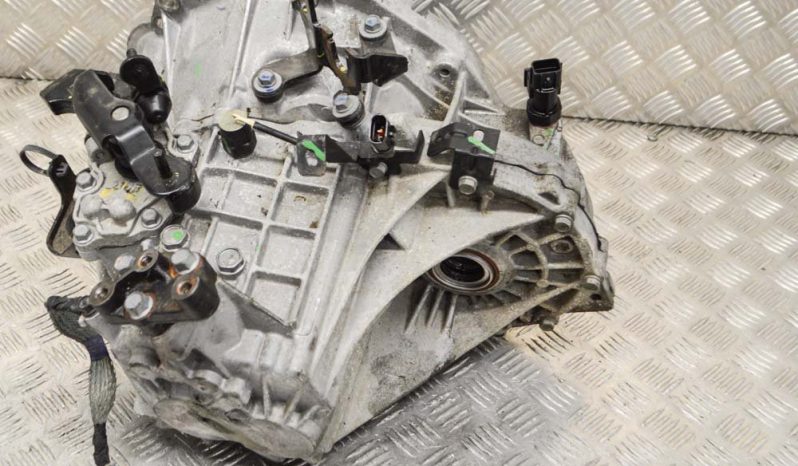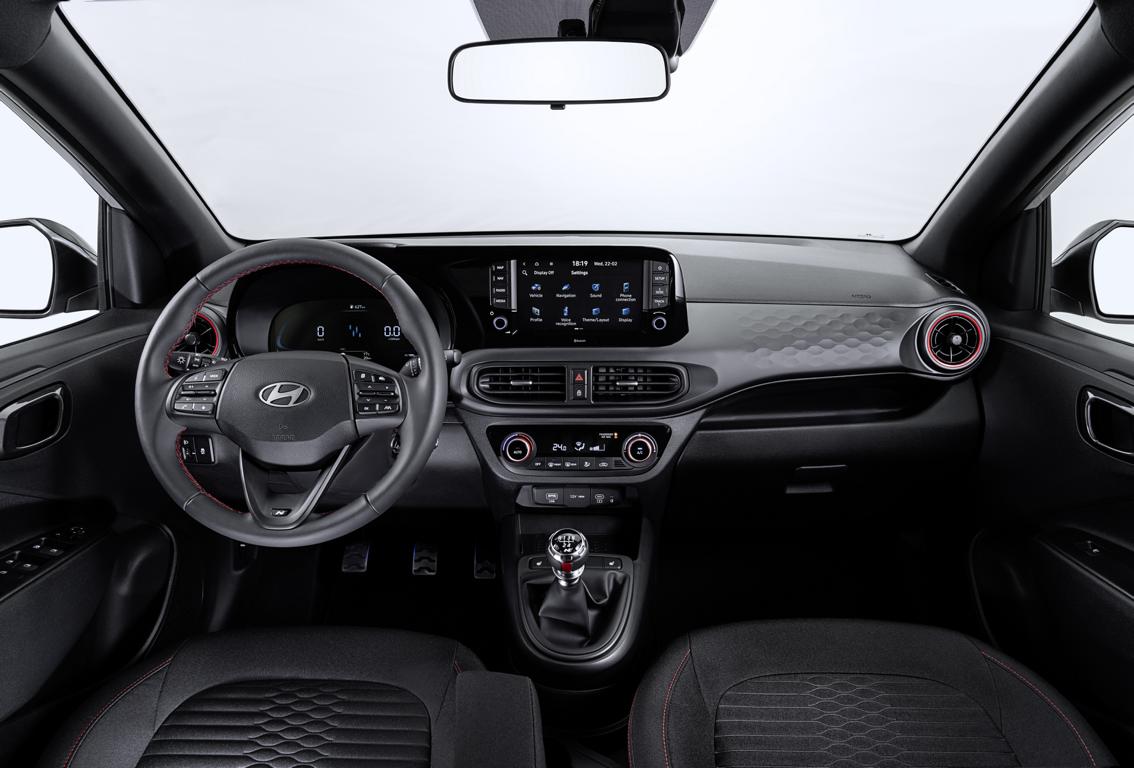The Hyundai i10 is a popular small car that is valued for its economy and maneuverability. But some have with you Problems with the automatic transmission to fight that can spoil the fun. Especially that one Gear slip, delayed gear changes and stuttering performance, Difficulty starting cold , and a increased consumption are things that are often criticized in various forums. The Gear slip manifests itself as a feeling of 'slipping' and difficulty shifting gears. Possible Causes are problems with the clutch, torque converter or transmission fluid. One Diagnosis in a workshop is usually essential to determine the exact cause and through oil change or repairs to fix.
automatic transmission Hyundai i10
Delayed Gear changes and jerky performance can also disrupt driving. The symptoms could indicate a problem with the torque converter, the transmission control unit or wear on internal components. Here too, professional diagnosis and repair is crucial. Difficulty starting cold are a common problem, especially in the cold months. One weak battery, defective starter or problems with the Gasoline supply can be behind it. Regular checks and, if necessary, replacement of affected parts can help. And a increased consumption can also be attributed to problems with the automatic system. Inefficiencies in the transmission force the engine to work harder and increase consumption.
Care and maintenance are important
An Diagnostics in a specialist workshop However, it can help to find the cause and through a Transmission overhaul or Software adjustments to correct. The Importance of regular maintenance cannot be emphasized enough. Vehicle owners should have their automatic transmission checked regularly in order to detect wear or damage at an early stage and thus avoid repairs. In summary, it should be noted that despite the problems mentioned i10 With the right care and maintenance, it can remain a reliable companion on the road. Regular checks and attention to warning signals However, they are the key to the long life of the i10.
Hyundai i10 automatic transmission
- Causes: Wear of clutch/torque converter, lack/contamination of transmission oil
- Solutions: Transmission oil change, clutch repair, transmission parts replacement
- prevention: Regular maintenance and inspection of the gearbox
- Delayed gear changes and jerky performance
- Causes: Torque converter problems, transmission control unit problems, internal component wear
- Diagnosis and solutions: Checking the gearbox oil, changing or repairing affected parts if necessary
- Cold start problems
- Possible causes: Weak battery, defective starter, fuel supply problems
- solutions: Battery replacement or charging, starter repair/replacement, fuel system maintenance
- Increased consumption
- Causes: Inefficient transmission, faulty engine timing, fuel injection system problems
- Diagnosis and solution: Gearbox overhaul, software adjustment/update, injector cleaning/replacement
- Difficulty reversing
- Solution: Check and if necessary adjust the transmission control, check the transmission oil for correct specification and level.
- Loss of power when accelerating
- Solution: Diagnosis of the transmission control and sensors, checking the switching valves in the transmission for correct function.
- Unexpected neutral state
- Solution: Transmission diagnosis, especially the electronic control unit and the mechanical connecting elements.
- Excessive vibrations
- Solution: Checking the transmission oil and engine-gearbox mounting points, checking the torque converter.
- Warning lights in the dashboard
- Solution: Reading the error memory with a diagnostic device to identify specific error codes and carry out targeted repairs.
General solution strategies
- Regular gearbox inspection: Includes checking oil level and condition and inspecting for leaks.
- Transmission control software update: Some problems may require an update to the transmission control software to improve communication between the engine and transmission.
- Transmission flush: A complete transmission cleaning and transmission fluid replacement can remove deposits and improve transmission performance.
- Replacement of worn components: Worn or defective parts such as sensors, switching valves or the torque converter should be replaced.
- Professional calibration: Proper adjustment and calibration of the transmission can alleviate or eliminate many of the symptoms described.
thematically relevant posts
In our category Tips, products, information & Co We have reviews of car or accessories manufacturers, new ones Tuning Wiki Terms or one or two leaks published.
 tuningblog.eu Your magazine about tuning the car
tuningblog.eu Your magazine about tuning the car




